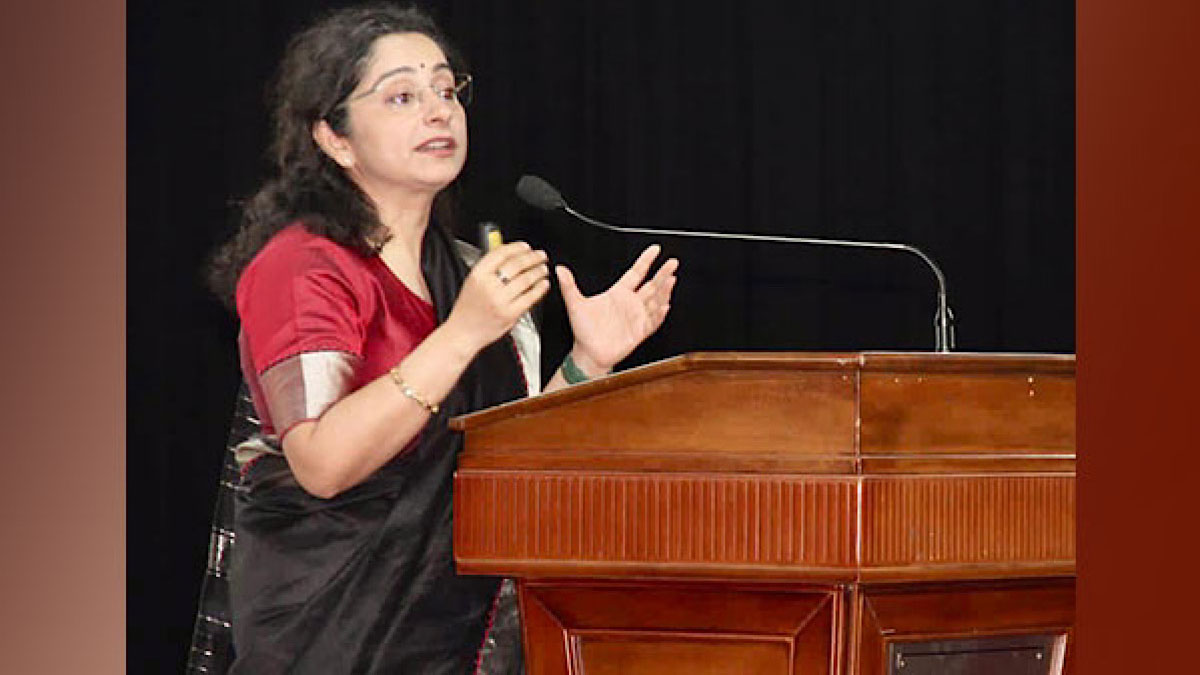Among the various announcements in the Union Budget 2017, it was announced that manufacturers would be charged a 2 percent duty on PCB imports. Does this meant that smartphone prices in India will rise? We spoke to industry insiders to understand the situation better.
Here’s what they had to say.
A PCB is a Printed Circuit Board. In the case of a smartphone, this board houses all the internal components of a smartphone. Normally, this board is designed and built in China and then it’s shipped to India and added to the assembly line of a smartphone. The process of assembling the PCB is known as populating the board.
It’s an expensive operation and smartphone makers usually customise the design. This is best done in facilities that are equipped to deal with it. India has no such infrastructure.
The budget, however, states that all PCBs imported to India will be charged a 2 percent Special Additional Duty (SAD). This will affect smartphone manufacturers in the country as they normally import smartphone components in kits and assemble them here. Manufacturers like Samsung will be relatively safe because they actually do have facilities for populating the board. Apple, on the other hand, only imports whole devices so this duty doesn’t involve the company.
Mr. Narendra Bansal, Chairman and Managing Director, Intex Technologies is the only one we spoke to who seems unconcerned about SAD. In a statement, he says, “This is a very marginal increase and will have NO impact on the consumer”. He points out that the tax is so small that most brands will absorb the increase in price rather than pass it on to the consumer.
He also adds that phone prices are falling continuously and that decreasing costs of the handsets will “mitigate” the duty.
Vijay R. K., GM – Technology, Operations, Pre-sales at Sakri Group tells us otherwise. He believes that prices will go up as 80-90 percent of PCBs in devices sold in India are manufactured in China and imported here. “. This additional charge will surely pinch the consumers,” he says.
Referring to the assembly process in India and the SAD, he adds, “This will seriously dent investments in SMT lines (surface-mount technology) as this additional duty is going to pinch the manufacturer and in all probability will be passed on to the consumers. This disruption is a dent to boost local manufacturing on the likes of Make in India theme.”
Analysts also believe that the additional SAD will be passed on to consumers. However, most seem to agree that the increase is very slight, in the order of 1-2 percent.
“It is possible that the smartphone vendors pass on the cost to the consumers, especially the ones in the lower-end segment, as they already operate on thin margins and it would be difficult for them to absorb the cost,” says Kiranjeet Kaur of IDC.
Pavel Naiya of Counterpoint Research explains that, “The PCBA is the heart of the smartphone and corresponds to more than half of the total component value going into the phones. So, upon levying SAD of 2 percent, we estimate 1-2 percent rise in in mobile phone prices.”
Naiya adds that other manufacturers can be expected to start SMT-level PCB assembly in India.
Kaur says that it’s not as straightforward to “shift certain parts of the supply chain.”
“Most vendors in India are still largely dependent on their Independent Design Houses based in China for the PCBAs they use,” she adds. Kaur also explains that the manufacture of simpler components will happen, but that the manufacture of more complex components like the PCB won’t happen anytime soon. India doesn’t yet have the ecosystem required to populate a PCB.
Kaur believes that the government needs to reconsider its duty structure “to be in line with the practical considerations and challenges that component manufacturers may face” in India.
Naiya adds that, “OEMs might cut down on other components bills of material to nullify the increasing cost as most of the mounted components for PCB is still imported.”
Speaking of the impact of make in India on our country’s economy, Naiya points out that while $6 billion worth of PCBAs were used in phones sold in India, the value addition “was a mere 1 percent.”
He expects the additional duty to raise this figure to 3 percent.
He mentions that the currently, manufacturers only assemble products in India, which translates to a value addition of just 6 percent. He expects duties to increase this addition, but also to boost “knowledge transformation.”
Regarding GST, Naiya believes that the actual increase will be in the single digits rather than the 25 percent that has been speculated. IDC’s Kaur claims that the government’s push for local manufacturing will discourage them from “throwing a spanner in the works by increasing the prices so much and hit consumer demand.”
The bottom line is just this, smartphone prices will likely rise because of SAD, but that rise is so small that people may not even notice it. The benefit of SAD might be that manufacturers actually start investing in making in India rather than assembling in India, and that’s a big win.
It certainly looks like the additional duty is a very small price to pay for progress. But only time will tell how things eventually pan out.


)




)
)
)
)
)
)
)
)